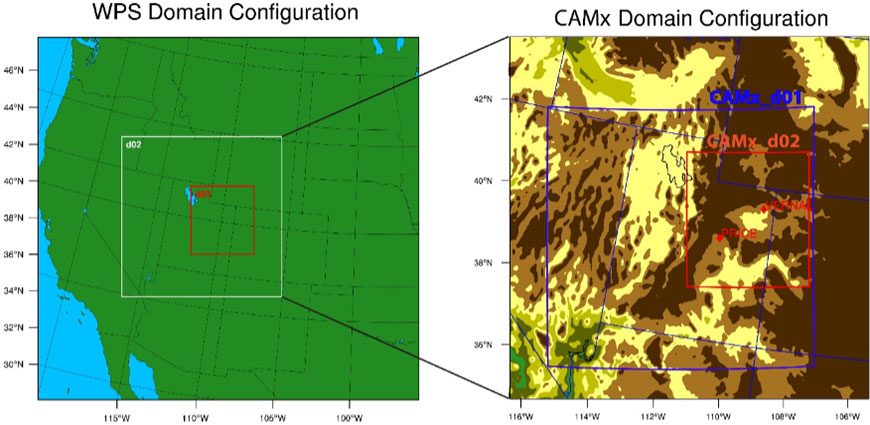- Principal Investigators: Huy Tran, Trang Tran (USU)
- Study Period: July 01 – December 31, 2019
- Funded by Science for Solutions Research Grant: $38,392
- DAQ Contact: Nancy Daher (ndaher@utah.gov)
Ozone is a powerful oxidant that can cause or exacerbate health issues such as asthma, and the Unitah basin of Utah is susceptible to wintertime ozone levels well beyond the national air quality standard. Photochemically modeling ozone production in the basin has been challenging due in part to incomplete emissions inventories and model performance issues. Possible reasons for model underperformance originate from out-of-date vegetation and landuse data, which can impact how quickly ozone is removed from the model. This study will test if satellite observations of vegetation and landuse can be used to improve model performance in the Uintah basin. An improved model will help inform emission reduction strategies and regulatory action.

